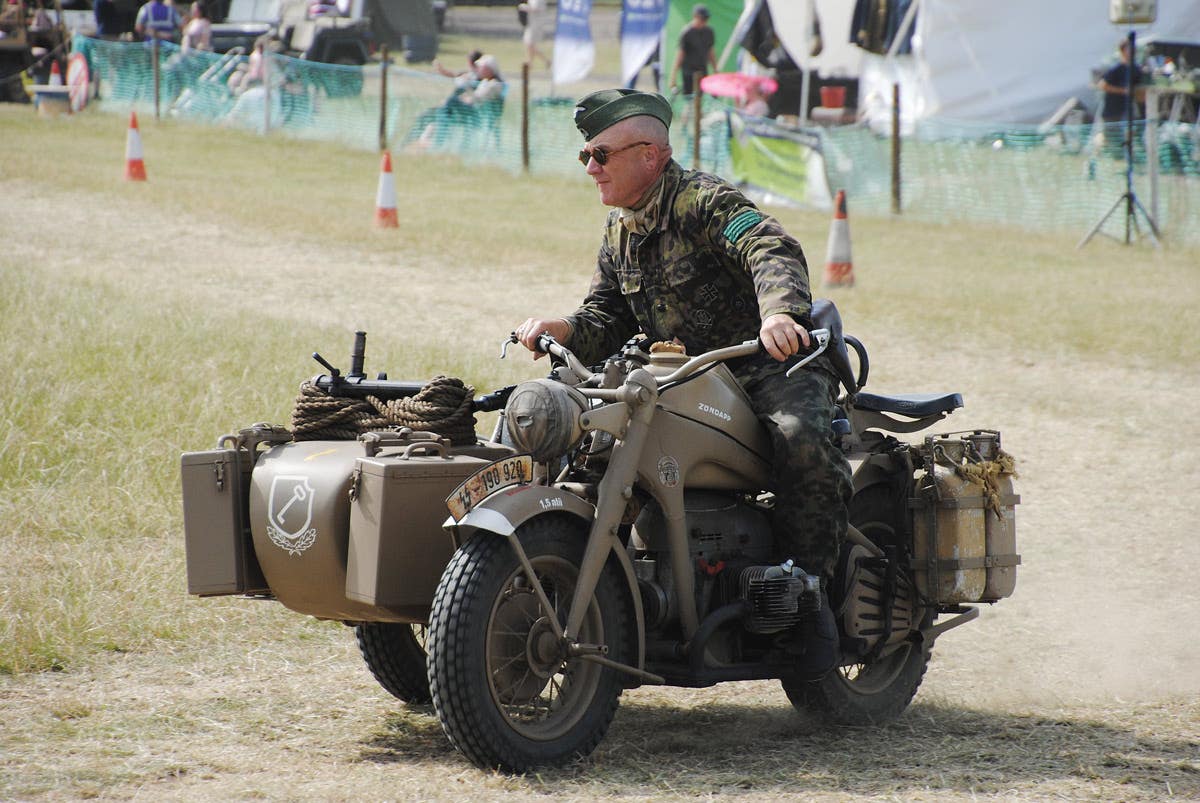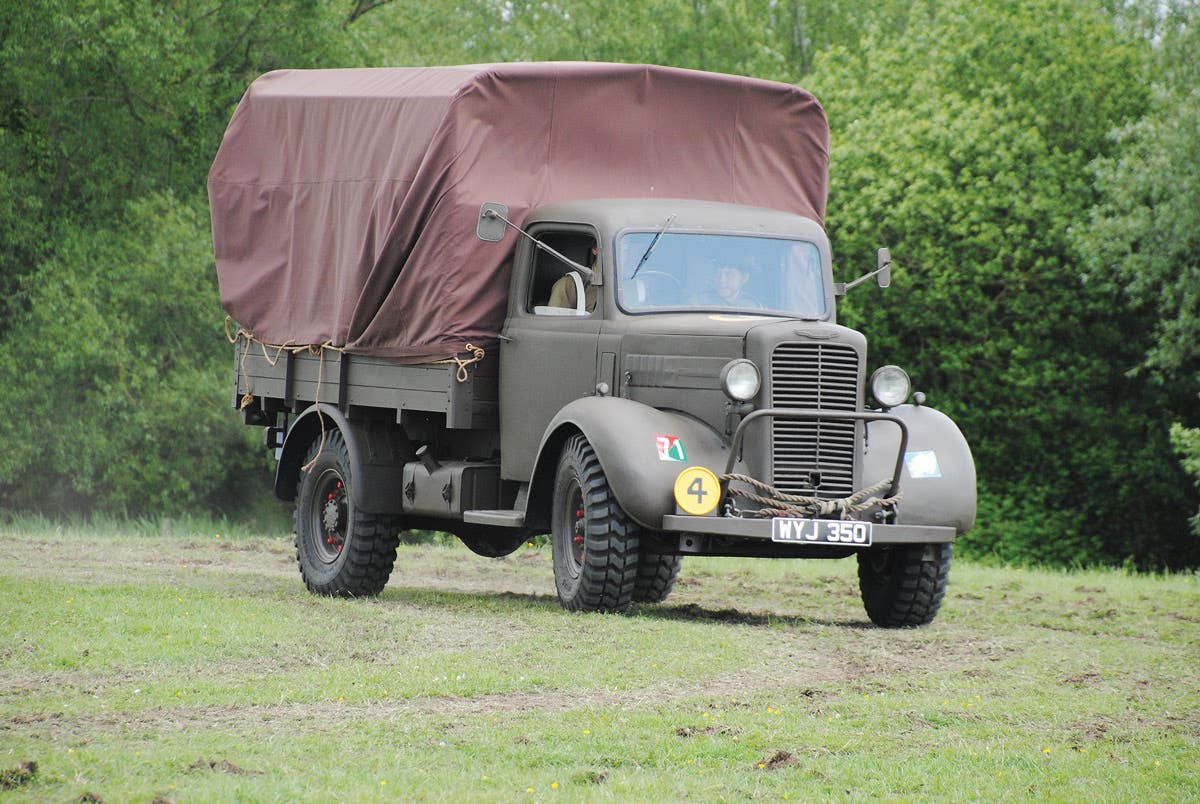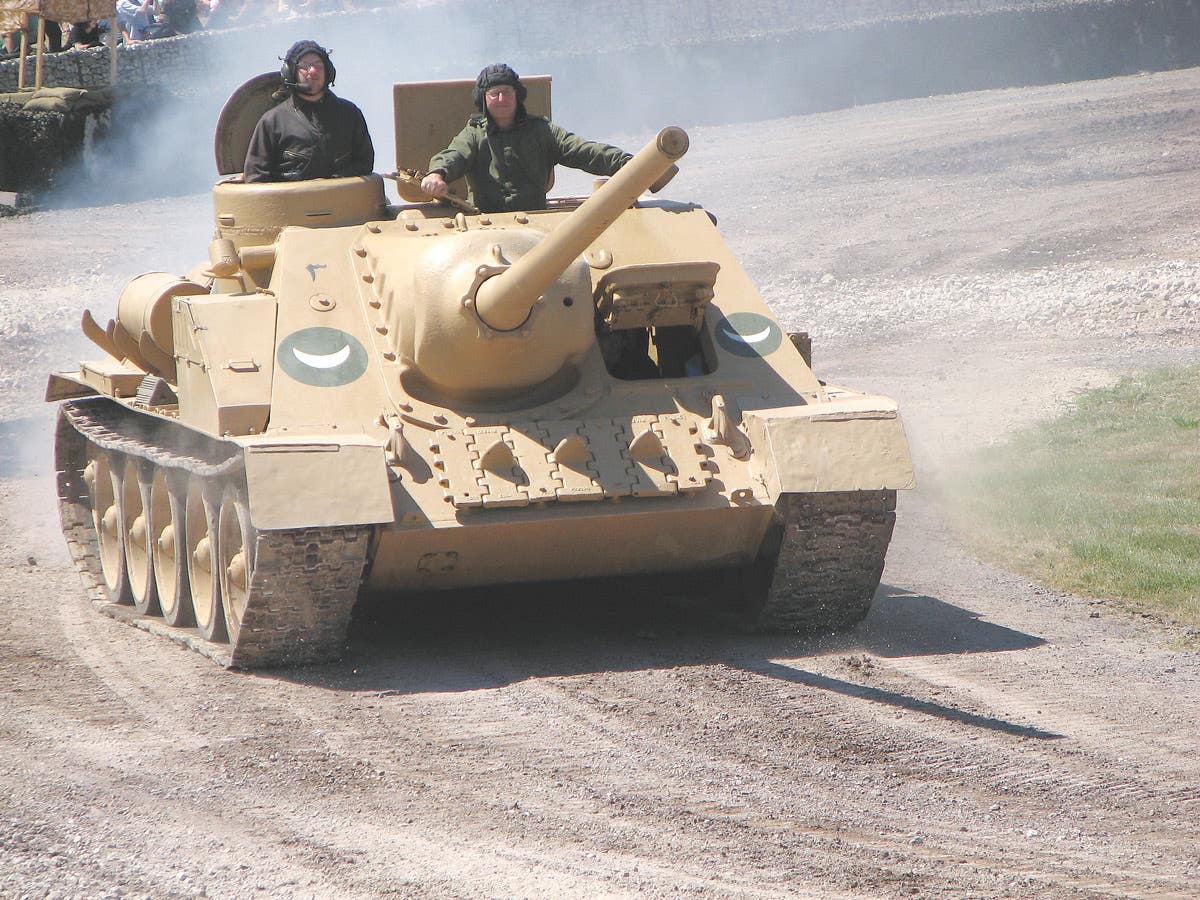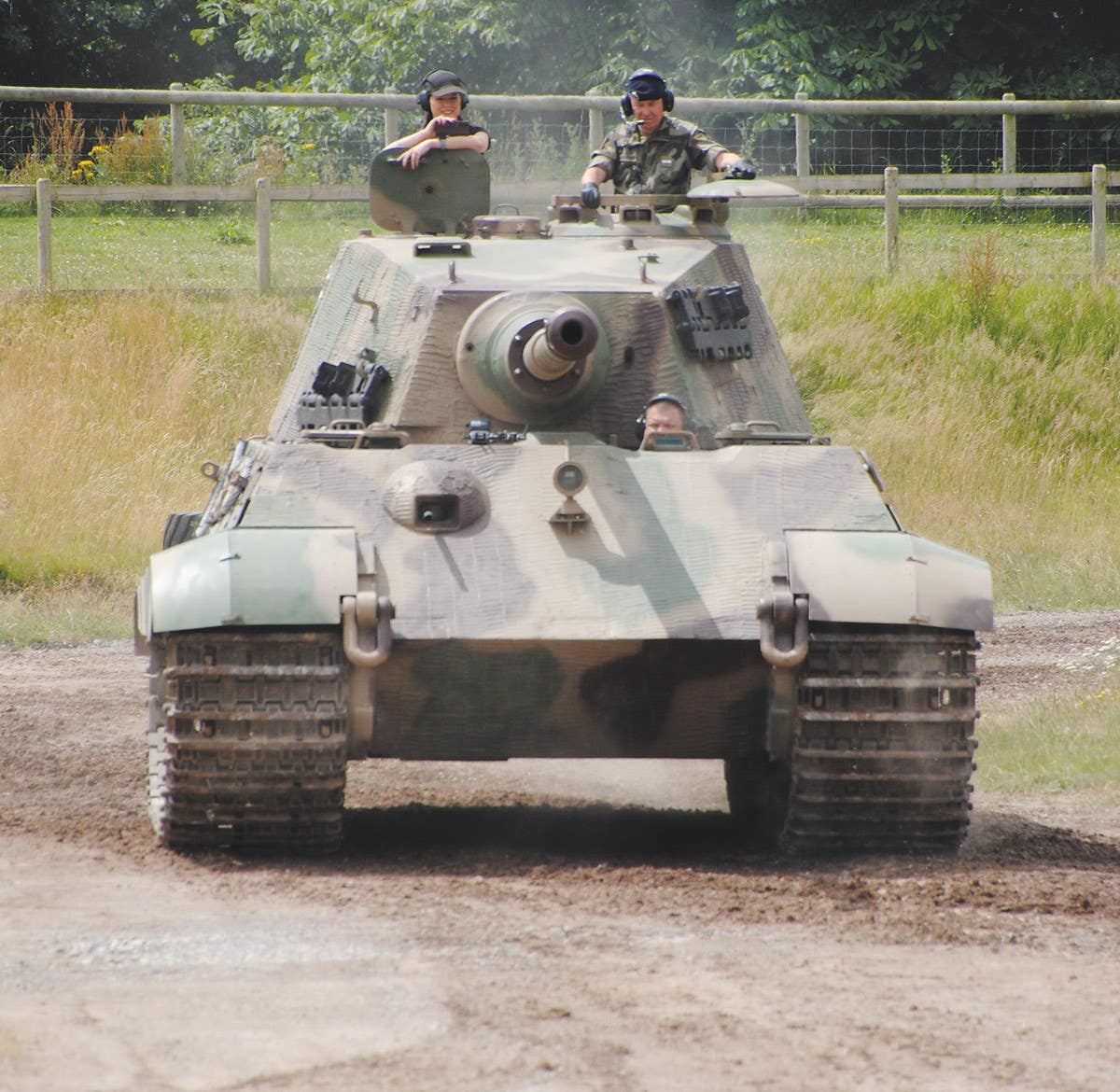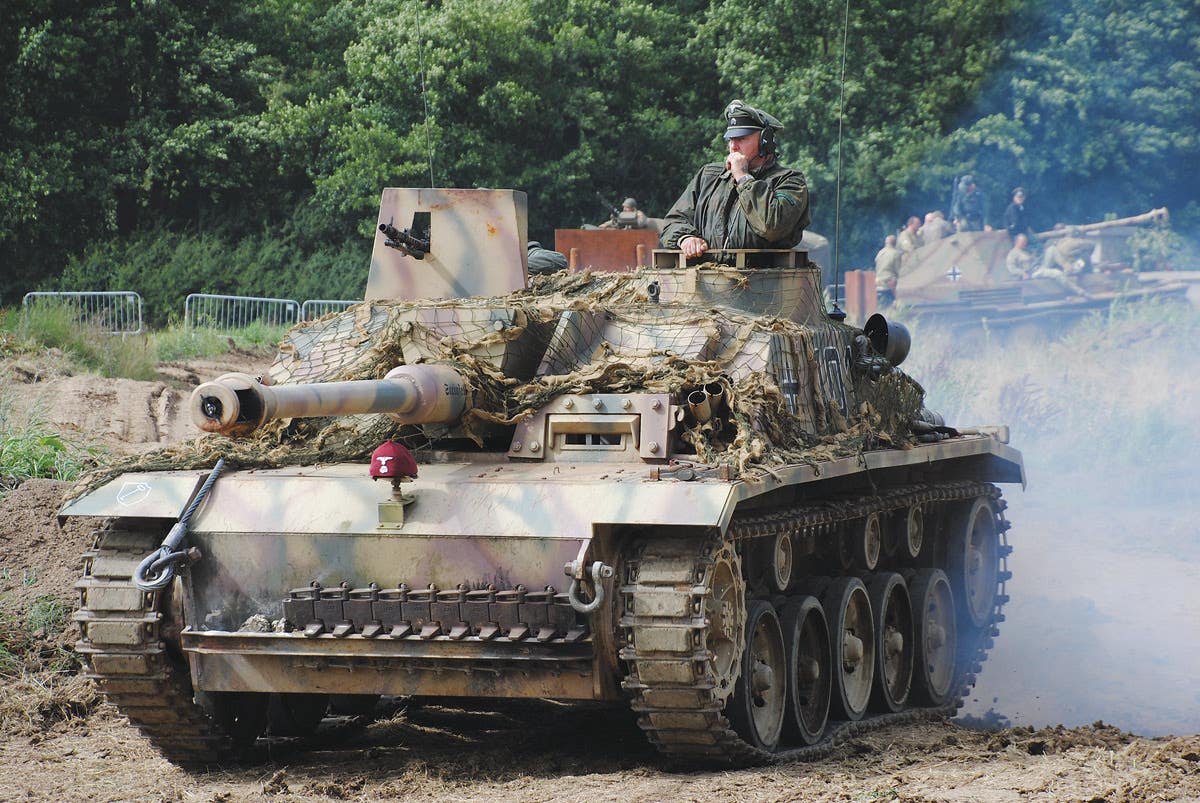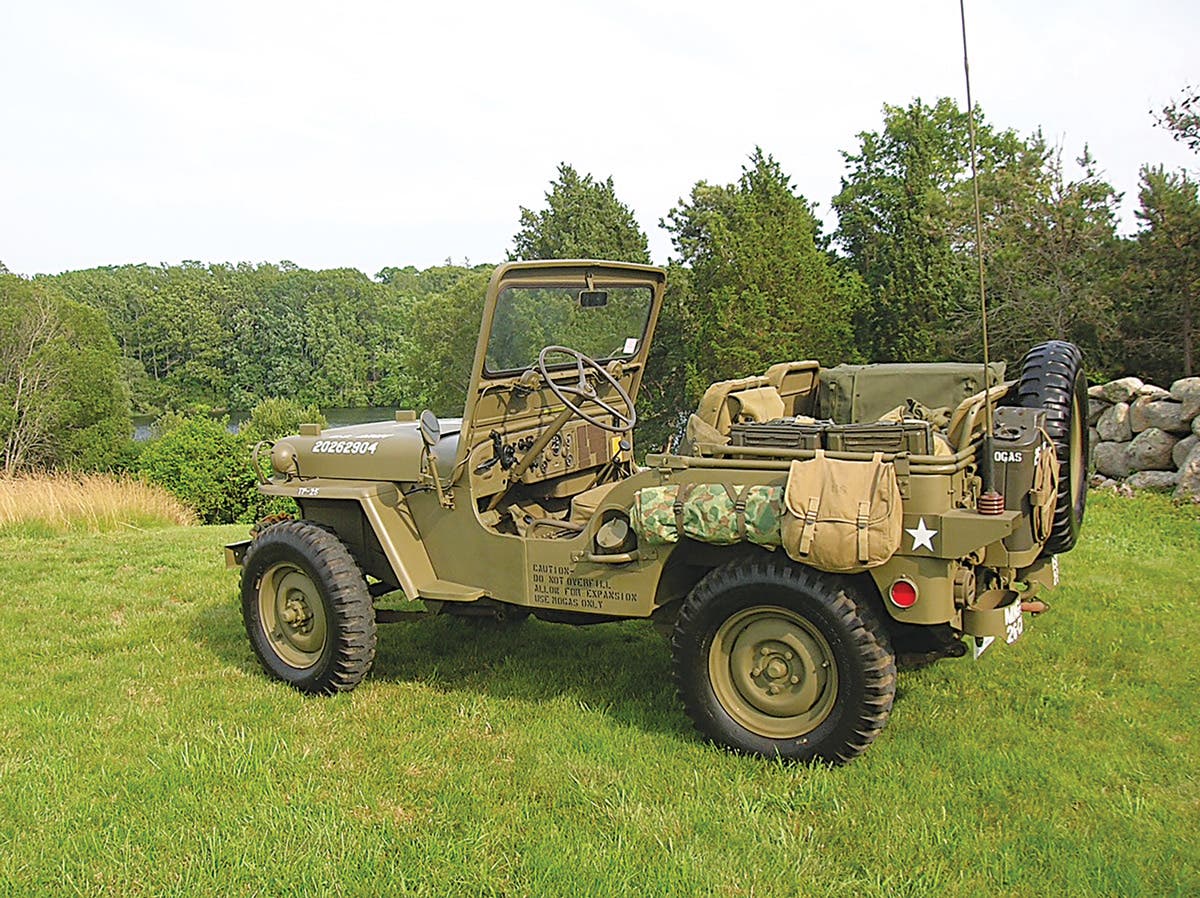A look at the British bikes from WWI
The historic British motorcycle two-wheeled soldiers from World War I.
As early as May 1913, the British Army was making contingency plans in the event that it would become involved in a war in Europe. These plans involved an initial deployment of six divisions, which along with support troops totalled more than 165,000 men of all ranks. The inventory list included almost 1,200 motor vehicles and 179 motorcycles. Interestingly, the list also included more than 7,000 horses and almost 2,500 bicycles.
Sixteen months later, in August 1914, Britain declared war against Germany and despatched six divisions to France. This was the British Expeditionary Force (BEF), a title it would keep throughout WWI, with almost the exact figures of May 1913. When the war ended in November 1918 there were more than 55,000 trucks in service and 14,328 solo motorcycles and sidecar combinations.
During the war, all belligerent armies used motorcycles, with some copying the British move and mounted machine guns on the front of sidecar combinations, a feature which would continue into WWII. When the United States entered the war in 1917, its armed forces placed orders for 40,000 machines with the Indian Motorcycle Manufacturing Company and more than 20,000 Harley-Davidson machines. Other machines were also used to a much lesser degree, such as the Henderson Excelsior.
In 1914, there were several leading motorcycle manufacturers in Britain, among them Scotts in West Yorkshire, Zenith in Surrey, Premier based in Coventry and Clyno in Wolverhampton. The British Army took limited numbers of machines from these companies, with larger numbers being procured from either the Bristol-based company of Douglas, which supplied some 70,000 machines, or Royal Enfield Ltd, based in Enfield, North London. Douglas also supplied 100 machines to the Italian Army for despatch riders.
The person responsible for the procurement of motorcycles for the British army during WWI was Colonel Claude Vivian Holbrook of the Army Service Corps (ASC). In 1915, he recommended that orders for the Triumph 500cc “Type H” model, known as the”Trusty” for its reliability. Coventry-based Triumph had built a machine with three-speed gearing and an air-cooled engine with 4 hp. By 1918, some 30,000 machines had been delivered and, like all other motorcycles, would be used by the British army in every theater of operations, including Mesopotamia, modern-day Iraq, Africa and North-West Europe.
Before the war, the British Army had proven the usefulness of motorcycles as a means of delivering despatches between units. From the very beginning they were being used in this vital role. Later on, they would be used in a limited way for reconnaissance duties and for traffic control. As early as 1904 the British Army had been trialling units equipped with motorcycles and had raised the 78 Motor Transport Company of the Army Service Corps and the Motor Volunteer Corps with 40 motorcycles. This would be disbanded two years later in a short-sighted move.
As the war progressed, the numbers of motorcycles grew and by September 1916 the British Fourth Army recorded having 1,636 machines in service. Some motorcycle combinations would serve as stretcher carriers to evacuate wounded.
Realizing the value motorcycle combinations could give in providing mobility to move machine guns quickly to where they were most needed, the Army Council issued “Instruction 289” on October 26, 1914, which set down the requirements for the Motor Machine Gun Service.
The document began by stating “it has been decided to add to each division of the [British Expeditionary Force] a motor machine-gun battery…’
2. In order to provide the personnel for these motor machine-gun batteries volunteers are required from units of the New Armies. Officers who volunteer and are accepted will be seconded for the period of the war. NCOs and men will be transferred for purposes of organization and promotion to a “Motor Machine Gun Service.”
3. Only men who can ride a motorcycle and understand its mechanism may be recommended for transfer to the motor machine-gun service. It is particularly desirable to get men who are familiar with the “Scott” motorcycle.
4. The officers and [non-commissioned officers] for 10 batteries and 40 privates to be furnished by the [General Officer Commanding-in-Chief] Eastern Command, will assemble at Hythe [Kent] on 31st October 1914, for a preliminary course of three weeks.
5. The remainder of the rank and file will assemble at a time and station to be notified later.
6. [General Officers Commanding-in-Chief] are therefore requested to call for volunteers immediately.
This document was followed 17 days later by “Army Order 480”, dated Oct. 12, 1914, which contained the following information:
A motor machine gun battery will be added to each division of the Expeditionary Force.
Personnel for these batteries will be found from volunteers from units of the New Armies, or by special enlistments for the motor machine gun service.
Instructions will be issued later as to the qualifications for proficiency pay. In the meantime men transferred to the motor machine gun service will retain their present rates.
Enlistment for the motor machine gun service will not be carried out without special orders. Any men so enlisted will be attested for general service for the duration of the war, and appointed to the Royal Horse and Royal Field Artillery for duty with the motor machine gun service.
Officers who volunteer and are accepted will be seconded for the period of the war, or while employed with a motor machine gun battery.
The Officer in charge Records, Royal Horse and Royal Field Artillery, will be the Officer in charge of Records for the motor machine gun service.
The order was sanctioned in February 1915, ready in time for the newly established Motor Machine Gun Service’s first engagement during the four day-long intense battle at Neuve Chapelle between March 10-13 1915. By September 1915, 18 Motor Machine Gun Batteries with some 3,000 men, including two from Canada, had been raised and deployed on the Western Front. Five MMGS batteries would later be engaged during the Battle of Loos between Sept. 25 and Oct. 8, 1915.
Typically, a battery of the MMGS comprised 18 motorcycle combinations, deploying six Vickers machine guns and carrying ammunition, spares and other equipment. Eight solo motorcycles and three other vehicles provided support with the officer commanding being transported in a motorcycle combination. Such a level of firepower would have provided support to any unit to which a battery was attached.
The Scotts company supplied numbers of their 3.5-hp model to the MMGS for trials as would Clyno. These were used in low numbers, with fewer than 1,800 Clyno machines being in service at the end of the war in 1918. When the Machine Gun Corps was created in October, it absorbed the MMGS, which continued to serve as the Machine Gun Corps (Motorised). Later in the war, the MGC (M) became the Heavy Section of the Machine Gun Corps and all but disappeared.
The Royal Enfield company had been founded in 1901 and in 1914 the Ministry of Munitions awarded a contract for the company to supply large numbers of its “V Twin” model, which at the time was being produced fitted with engines of various power output. It would emerge as one of the most widely used and versatile machines of the war. The British Army favoured the 6-hp model for use with the MMGS, delivering supplies with a sidecar fitted. For these roles the company specially strengthened the machines to withstand the rigors of war.
The machine would be used for delivering despatches and transporting officers in a sidecar. It was pressed into use by the Red Cross and the Royal Army Medical Corps to transport stretcher cases on a sidecar attachment converted to that role. Orders for versions of the 3-hp Model and 6-hp Model were placed with the company by the Belgium and Russian Governments. In 1917, the company produced a 2.25-hp RE two-stroke version for the Women’s Police Service, which had been created in 1914 from a volunteer force. When other female establishments were created, including the Women’s Royal Naval Service (1917), and Women’s Army Auxiliary Corps (1917), some women were taught to ride motorcycles for despatch duties. Despatch riders serving with the Women’s Royal Air Force, created in 1918, were issued with 500cc machines built by the Yorkshire company of Phelon and Moore in Cleckheaton.
Despatch riders were exposed to many different dangers during WWI as they travelled between locations. Riders could be intercepted at long range by snipers, or they could be caught in an artillery barrage. They could also fall victim to road traffic accidents. The exact casualty figures for how many despatch riders were killed in this way during the war are difficult to ascertain, but the incident involving Private John Wilson, M2/175106, serves as a typical example.
On Feb. 22, 1918 Wilson, of the 180 Mechanical Transport Company ASC, attached to the 18th Ammunition Sub Park, part of the 34th Division, was riding between Frevant and Doullens in France when was involved in a fatal head-on collision with a motor vehicle. He was buried with full military honours in Doullens Military Cemetery, which today is a Commonwealth War Graves cemetery.
The Plumstead-based company of Matchless in southeast London had been founded in 1899 and had been producing motorcycles for almost 10 years when Britain went to war in 1914. Despite this experience the company was never awarded a contract to supply the British army. In 1916, the company did, however, receive a surprise order for 250 of its 8B2/M machines from an unexpected source in the shape of Russia. The machines were to be fitted the 8-hp JAP engine and configured to a sidecar combination to allow a machine gun to be carried, probably following the example set by the MMGS of the British army.
Russia was an Allied state during the war, but by 1916 the country’s manufacturing capacity was under strain and no company was producing motorcycles. Matchless duly began work on filling the order, but in October 1917 events overtook everything with the Russian Revolution. There was no money to pay for the order and, in any case, the country was taken out of the war in November 1917 by Lenin. Fortunately for Matchless it was able to sell off the machines on the civilian market which reduced its losses.
Today, there is one example known in existence and has taken part in a number of events and mobility shows. The former owner used to display it in British Army colours and mounted a belt-fed, water-cooled Vickers machine gun.
Outside of museums there are few of these machines from more than 100 years ago in private ownership. They are very delicate and require special care and attention to keep them in running order.



